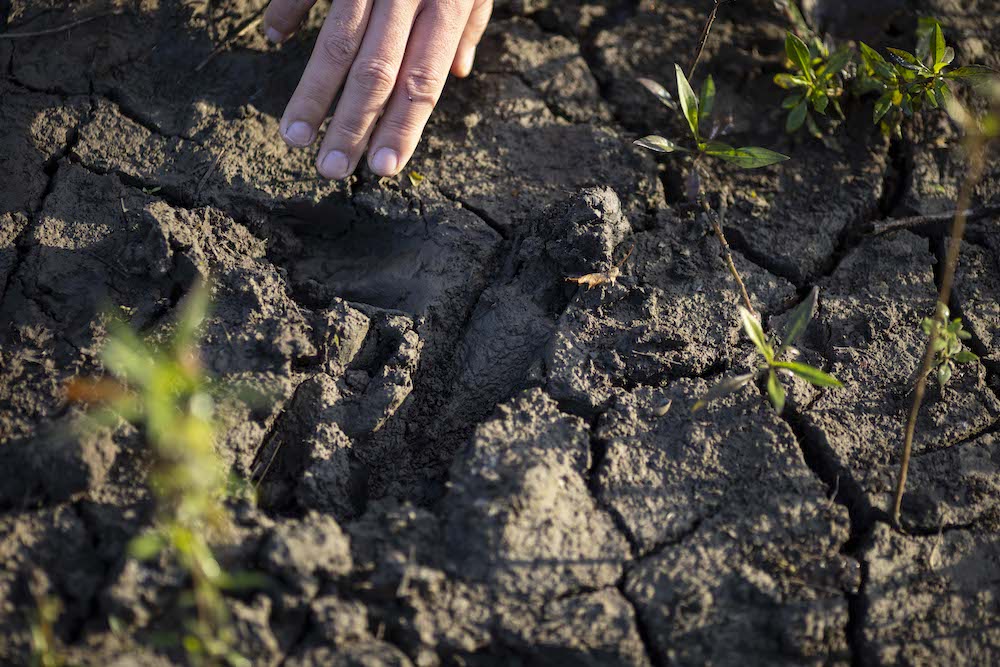Wildlife management is a complex equation that juggles creating opportunity for hunters with maintaining abundant populations of wildlife and healthy habitat. Wildlife populations vary depending on region, and different regions are capable of sustaining varying populations. This is called a region’s carrying capacity, which is defined as the average population size a specific habitat can support.
Let’s use Wisconsin’s whitetail deer herd as an example. This state has diverse habitat, not all of which has the same carrying capacity. Food, water, cover and breeding opportunities are all factors in whitetail abundance. When there are too many animals on the landscape, overcrowding eventually leads populations to reduce until the resource can stabilize. As wildlife managers, biologists recommend bag limits and season structures tailored to their region to craft a management plan that promotes healthy habitat. Departments receive input from biologists to craft recommendations for hunting regulations, which are finalized by the agency. Hunters play a critical role, so it’s important to understand the big picture.

A healthy habitat contains a variety of vegetation for various animals. Photo Credit: John Hafner
Most deer hunters want to see more animals on the landscape. More deer means you’ll get skunked less, have more opportunities, and have a better chance at putting antlers on the wall and venison in your freezer. When you think about deer hunting through that perspective, it’s easy to think the answer to wildlife management is more deer.
But you can get too much of a good thing. Deer are browsers, and too many of them can negatively impact forest health. Before you know it, they’ll browse everything possible from the forest floor to 5 feet high, resulting in a monoculture of mature timber with limited food sources. This impacts species such as turkeys, grouse and even pollinators. When deer numbers are above carrying capacity, hunters may enjoy a few “good ol’ days” of deer hunting, but these times are short-lived and bad news for wildlife as a whole.
Healthy habitat is a mixture of young, regenerative growth that deer, rabbits and other animals can utilize. Rather than a dense canopy shaded by mature timber, healthy habitat yields sunlight to the forest floor. It isn’t defined by the number of deer on the landscape, but by species diversity with plenty of food, cover and water to sustain all wildlife.

Participate in deer management in your area. Photo Credit: BU
Animals are more prone to disease when they outweigh their carrying capacity. Again, using Wisconsin as an example, chronic wasting disease (CWD) is running rampant in whitetails throughout areas where the populations are most dense. Some counties in the affected region report deer densities at almost 100 deer per square mile. Deer are social animals, and because disease prevalence is increasing, CWD isn’t showing any sign of slowing down. That, paired with the fact that foresters have a difficult time recruiting young forest habitat, poses a tremendous problem for hunters and biologists alike.
The Wisconsin Department of Natural Resources (DNR) is combatting this by offering more opportunities at antlerless deer. Hunters receive as many as four antlerless tags with their hunting license, depending on the county they’re hunting. Season dates have been extended later than ever, and hunters have plenty of special antlerless-only seasons to fill their freezer, reduce the population and hopefully move the needle to a more sustainable carrying capacity.
Today’s hunting community has more opportunity to engage with state agencies and wildlife biologists than ever before. No matter where you live, your state likely has opportunities to share feedback and get involved in citizen science initiatives that shape the future of deer management and healthy habitat that wildlife call home.